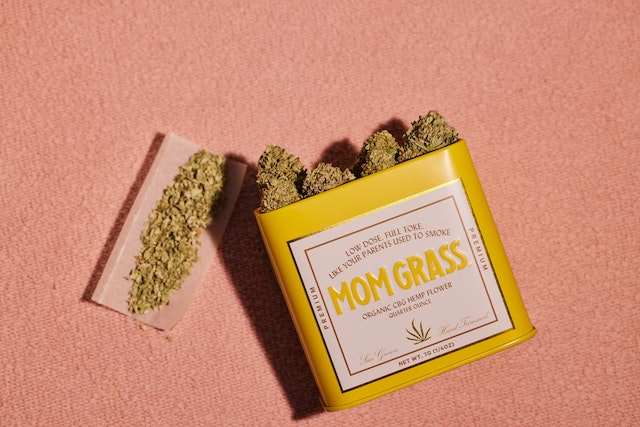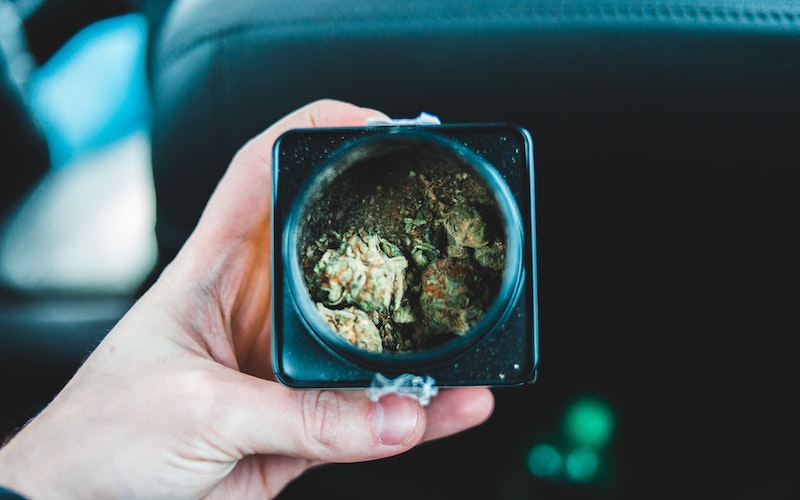Walking into a dispensary for the first time, or even the tenth, can be a little overwhelming. With such a wealth of options of brands, strains, and packaging types, decision paralysis can easily set in.
While decisions on whether to purchase flower, concentrates, edibles, or a refreshing cannabis beverage comes down to personal choice and need, the choice of which packaging to choose comes down to science — pure and simple.
Understanding the science behind packaging can better inform your decision on what brand of flower to purchase. Here are a few things to consider when it comes to packaging.
Open Dispensary vs. Sealed Product
At 58% of sales on average, flower continues to be the primary category of cannabis purchased at dispensaries. However, the way flower is packaged and sold is not consistent. There are two primary ways flower is sold at dispensaries:
Deli-style: flower is weighed out from a clear storage container for each purchase.
Pre-packaged: flower is weighed out and packaged ahead of time.
Pre-packaged flower offers several advantages. First, pre-packaging reduces the risk of contamination. Most regulators in the United States require that third-party labs perform microbial safety testing.
The goal is to ensure bacteria, fungus, and pests do not compromise the product. Secure, airtight packaging protects the flower from these microscopic blights.
At a deli-style dispensary, nugs are picked up by budtenders and inspected by customers, leaving the door open for bacteria and other germs. Robust packaging also seals in the flower’s freshness.

Research has shown that exposure to light and air can degrade cannabinoids and terpenes over time. To maintain optimal flavor, terpene profile, freshness, and smokability, cannabis needs to be kept in a stable environment, away from light and outside air.
Cannabis also naturally loses weight due to moisture evaporation. This can ultimately lead to reduced profits as well as reduced quality. According to the 2019 National Retail Security Survey, shrinkage rates in 2018 were 1.4%. If a dispensary does $1 million in sales annually, a 1.4% shrinkage rate equals $14,000 in loss.
Types of Packaging
Of course, not all packaging is created equal. Look for light-blocking glass containers with tight-sealing lids as they preserve the flower better than plastic or Mylar containers, which let oxygen and light into the product, resulting in a loss of net weight.
New proprietary packaging solutions, like the one created by N2 Packaging Systems LLC, are also becoming more widely available. N2 uses a proprietary technology that injects nitrogen into its packaging. This process preserves the balance of moisture and weight of the product while removing the ambient oxygen and moisture in the container.
“You are hermetically sealing the native moisture in that product that sits in the can. One of the biggest challenges for the cannabis industry is once you open, once you’ve packaged it, if there’s any presence of oxygen it begins to degrade the product,” N2 CEO Thom Brodeur cautioned.







